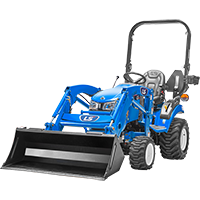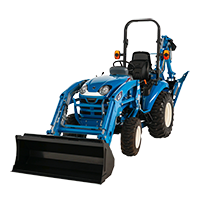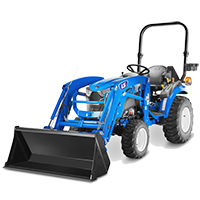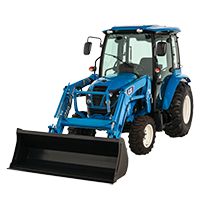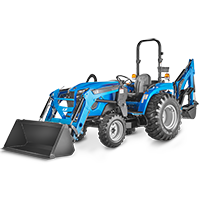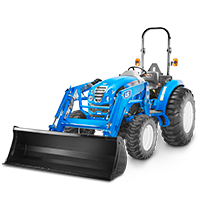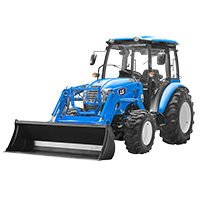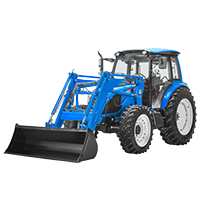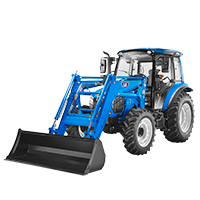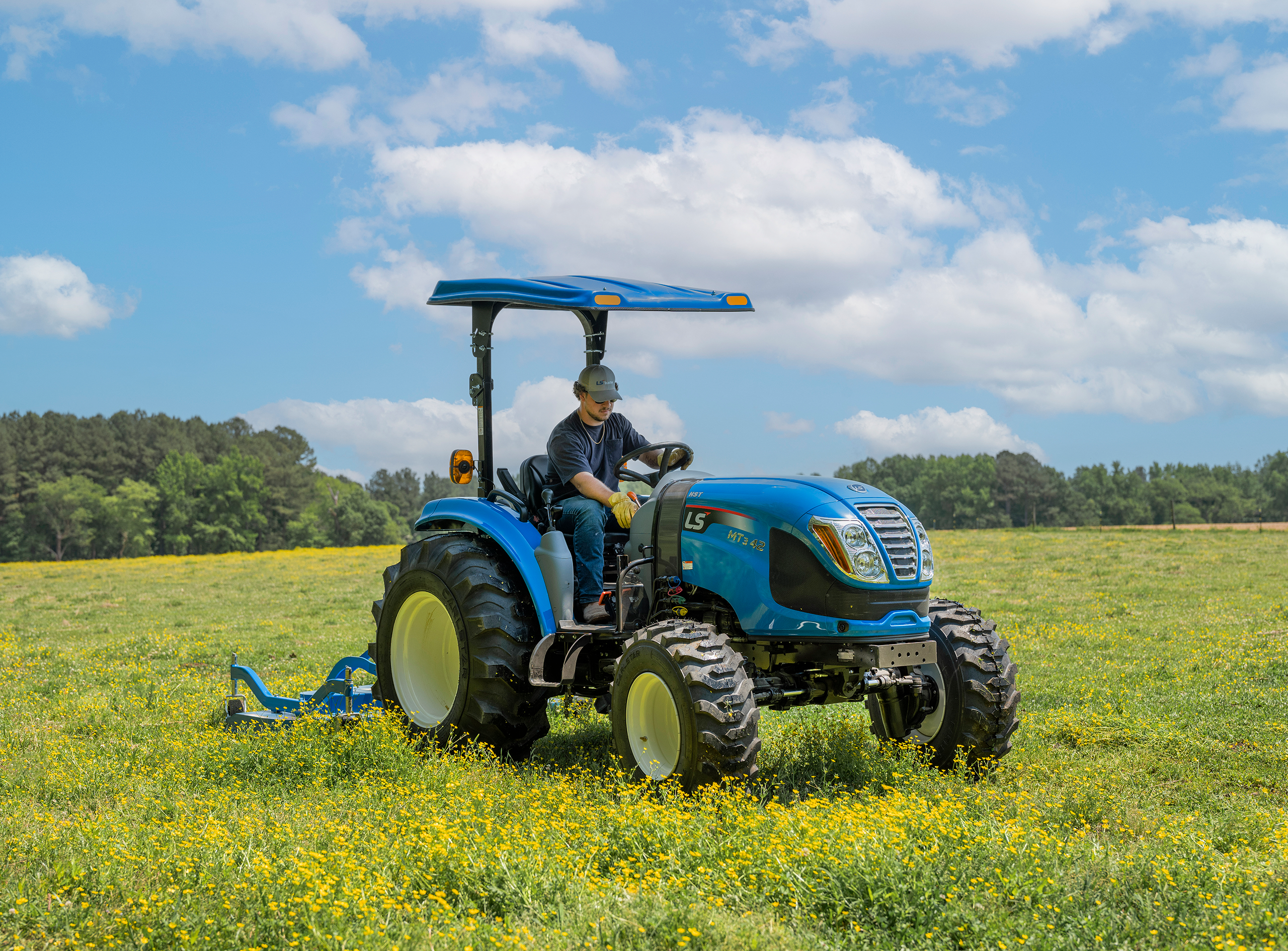
Tractors are powerful tools that helped modernize agriculture – but with power comes responsibility. No matter your age or experience, tractor safety is a topic worth learning and reviewing. No one wakes up with intentions of an accident, so we must be diligent about safety. Tractor accidents remain one of the leading causes of injuries and fatalities on farms. According to the National Agriculture Safety Data Base, rollovers, collisions and other tractor incidents account for about 250 fatalities each year. One out of every ten tractor operators will roll a tractor at some point in their career. Tractor rollovers are the leading cause of agricultural related deaths, and it’s important to note that 80 percent of these rollovers happen to experienced operators. While rollovers account for the majority of injuries and deaths, there are several other key safety measures that every tractor operator should follow to maintain a safe working environment.
Know your Tractor and Terrain
- Read your owner’s manual and maintain equipment
- Take a tractor safety course if available in person, or online
- Inspect your tractor and equipment to guarantee good working order each day
- Use all safety protocols your tractor has – do not dismantle safety features
- Familiarize yourself with your land. Make note of and even mark/flag potential hazards on the terrain such as slopes, ditches, potholes, stumps, etc.
- Notice objects that could be thrown while bush hogging such as rocks and sticks, and maintain a safe distance from others and animals when working in that area
- Be attentive, especially at row ends, on roads, and around trees
Prevent Tractor Rollovers (Sideways and Rear Rollovers)
- When possible, avoid operating the tractor near ditches, embankments, and holes
- Stay off slopes too steep for operation
- Drive slowly – don’t get in a hurry or take chances
- Reduce speed when turning or crossing slopes and on rough, slick or muddy surfaces
- Operate the tractor slowly and smoothly; avoid jerky turns, starts or stops
- Always drive up/down slopes and not horizontally across them; when possible, drive forward uphill, and go backwards downhill on slopes
- Descend hills in low gear to allow the engine to assist in speed reduction
- Engage 4-wheel drive, if necessary, and make sure tires have appropriate tread for the terrain for more traction and grip
- Fill tires with a liquid ballast like beet juice, and keep tire pressure at recommended levels
- Keep the tractor balanced – pay attention to the center of gravity. Add weight to the front or back appropriately to evenly distribute weight.
- Drive with loaders and implements low to the ground
- Know the limitations of your tractor and equipment – don’t push it
- Keep tie-off points low and below the axle, if possible, when pulling heavy objects
- If you feel a tip begin to happen, turn the tires downhill
- Rollover Protection Structure (ROPS) – Adds a zone of protection around the operator if it overturns. Mandated by OSHA in 1976
Always make sure ROPS is in extended position AND buckle your seatbelt. Using both together has been 99% effective in preventing death or serious injury in a rollover.
When ROPS is extended, be cautious of what you drive under as lines or branches can catch and flip the tractor
PTO Dangers
- Keep PTOs shielded – keep guards in place during operation
- Avoid any loose-fitting clothing, strings on hoods, and tie back long hair that could get caught and entangled in spinning or moving parts
- Do not reach into a spinning PTO shaft or implement – turn the tractor off first
- If possible, avoid working alone around PTO-driven machinery. If entanglement occurs, a coworker may be able to stop the PTO shaft in time to prevent more serious injury or death
Turn Engine Off
- Running the engine indoors in a closed garage or barn can lead to carbon monoxide poisoning
- Turn off engine when refueling to avoid risk of fire
- Never get off of a moving tractor
- Do not leave the engine running. Turn engine off and apply parking brake before exiting the tractor. Lowering a front-end loader can help anchor the tractor as well
Roadways and Safety Kits
- Limit tractor time on roadways – travel at non-peak times when necessary
- Use clean and highly reflective slow-moving vehicle (SMV) signs, turn signals, and flashing lights on and near roads, and if possible, implement escort vehicles
- Pull off the road and let traffic pass when you can
- Stock tractor with safety equipment – a working fire extinguisher and first aid medical kit (gauze, splints, surgical tape, disposable gloves, eye patches, and burn dressing)
- Always have a charged cell phone in case you need to call for help or 911
Say no to Passengers
- Do not allow another person to ride along unless there is an instructor seat with seatbelt – A bouncy tractor can throw someone off the tractor resulting in serious injury or death
- ROPS only protect the operator, not passengers
Accidents can happen in a split second, and you may not have time to anticipate or react to them. Therefore, operating a tractor safely is crucial not only for preventing incidents and injuries, but also for protecting lives. Understanding and adhering to tractor safety protocols can create a safer and more efficient work environment. Whether you are a seasoned farmer or just starting out, prioritizing safety ensures that your work in the field remains productive and free from avoidable accidents. Start Blue, Stay Blue and STAY SAFE!
Published on August 4th, 2025 and written by Kimberly Steele.

